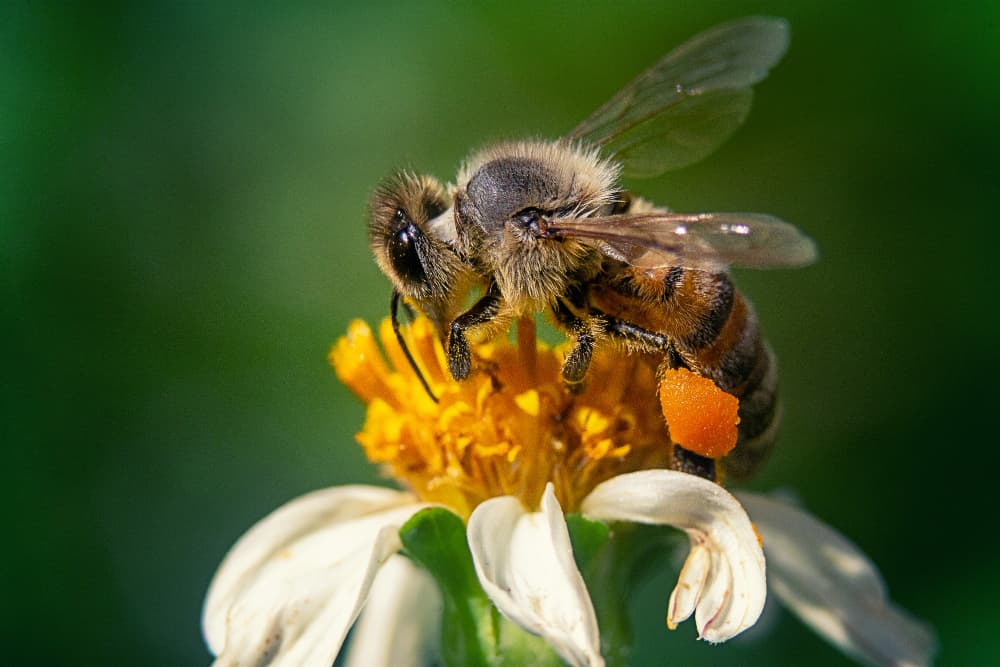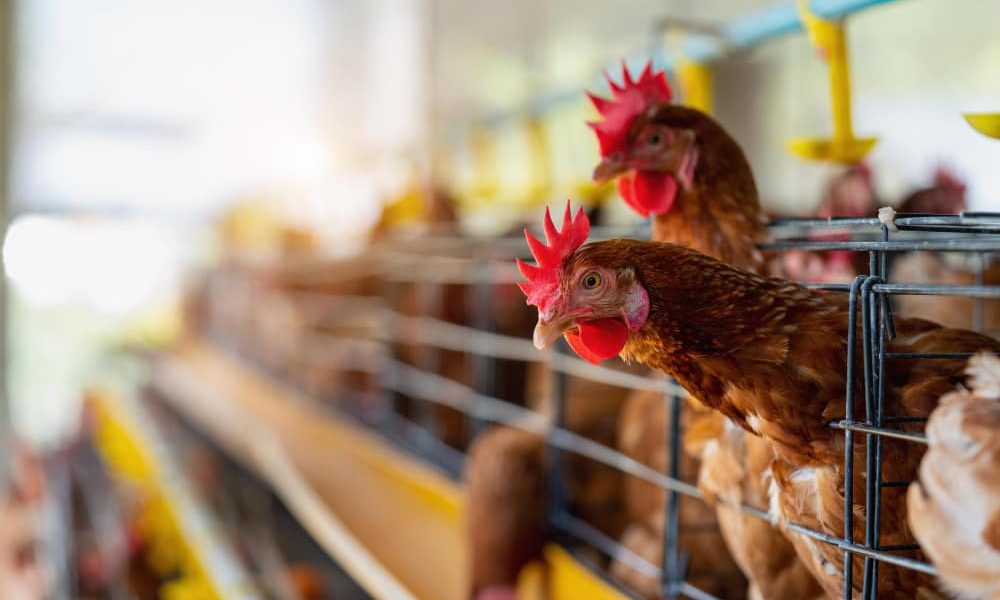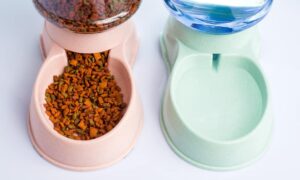
Honey is a food appreciated for its delicious flavor and its multiple health benefits. But have you ever wondered how bees produce this precious golden nectar? In this article, we will explore the fascinating honey production process and reveal all the secrets behind this wonderful gift of nature.
History and origin of honey
Honey has been valued by humanity since ancient times. Its origin dates back to millions of years ago, chen bees and flowers began to develop a symbiotic relationship. It is believed that the first bees evolved from wasps and that their adaptation to collecting nectar and pollen from flowers led to the production of honey.
In ancient times, honey was considered a sacred food and was used for both human consumption and medicinal purposes. Civilizations such as the ancient Egyptians, Greeks and Romans appreciated its healing properties and sweet taste. Honey also played an important role in the diet of many cultures.providing energy and essential nutrients.
Nutritional components of honey
Honey is a natural food that contains a variety of beneficial nutrients for our body. Its nutritional composition may vary slightly depending on the flowers from which it is obtained, but in general, honey contains:
- Natural sugars: mainly fructose and glucose.
- Vitamins: such as vitamin C, niacin, riboflavin and pantothenic acid in small amounts.
- Minerals: including calcium, iron, zinc, potassium, phosphorus, magnesium and selenium.
- Antioxidants: They help protect our body against free radical damage.
- Enzymes and bioactive compounds: such as glucose oxidase, which produces small amounts of hydrogen peroxide, known for its antimicrobial properties.
It is important to keep in mind that honey is high in calories due to its sugar content, so it should be consumed in moderation as part of a balanced diet.
Advantages of honey for the body
Honey is more than a natural and delicious sweetener, as it presents numerous advantages for our body. Its antimicrobial and antibacterial properties make it an ally to fight infections and promote wound healing. Additionally, its ability to relieve coughs and congestion has made it a popular home remedy for respiratory conditions.
Honey also stands out for its antioxidant action, thanks to the antioxidants it contains.which protect our body against free radicals, thus contributing to general health and healthy aging. As if that were not enough, its natural sugar content provides a rapid and sustained supply of energy, which makes it an ideal option for athletes and people who need an instant energy boost.
However, it is important to note that honey It should not be consumed by children under 1 year of age. due to the risk of infant botulism, a rare but serious disease.
We explain how bees make honey
Forager bees and flowers
It all starts with the forager bees, which are responsible for searching and collecting nectar from the flowerss. These bees fly from flower to flower in search of those that contain nectar, a sweet, liquid substance produced by plants. When landing on the flower, the bees use their tongue, called the proboscis, to suck the nectar and store it in a specialized part of your body called the melarial crop.
The transformation of nectar into honey
Once the forager bees have collected enough nectar, they return to the hive to begin the process of transforming nectar into honey. Upon arriving at the hive, the bees deposit the nectar into the cells of the combs, which are hexagonal structures made of wax that the bees build. This is where the magic of transformation takes place.
Bees add enzymes to the collected nectar, which break down complex sugars into simpler sugars. In addition, bees ventilate the honeycomb cells with their wings to evaporate excess water present in the nectar. This evaporation process is crucial, since the honey must have a water content of less than 20% so that it can be stored safely without fermentation occurring.
The role of worker bees
In the hive, worker bees play a fundamental role in the honey production process. In addition to collecting nectar, workers are also responsible for building and maintaining the combs, as well as protecting and caring for the hive. They are responsible for covering the cells full of nectar with a thin layer of wax, sealing them and thus protecting the honey in the maturation process.
Honey ripens and harvests
Once the nectar has been transformed into honey and has reached the proper level of moisture, the worker bees seal the cells with a thicker layer of wax. Honey is stored in the hive to be used as food during periods of nectar scarcity, such as winter. To harvest honey, beekeepers remove the honeycombs full of honey from the hive and carefully extract them. The combs are then centrifuged to separate the honey from wax and other debris. Finally, the honey is filtered and packaged for consumption.
A sweet treasure, made almost by magic
In conclusion, the honey production processIt is a true teamwork carried out by bees. From collecting nectar to processing and storing it in the hive, bees play different roles to create this sweet treasure that we enjoy so much. The next time you taste a little honey, remember the effort and the dedication of the bees that made it possible.
Frequently asked questions about honey
Below, we will answer some frequently asked questions about honey:
1. Does honey expire?
Honey has a virtually unlimited shelf life due to its low water content and natural acidity, which inhibit the growth of microorganisms. However, over time, honey can crystallize or change texture, which does not affect its quality or safety for consumption. You can simply heat it gently in a water bath to return it to its original liquid state.
2. Is honey suitable for people with diabetes?
Honey contains natural sugars, including fructose and glucose, which can raise blood sugar. Therefore, people with diabetes should consume it with caution and take its carbohydrate content into account in their meal plan. It is advisable to consult a health professional to determine the appropriate amount and how to incorporate it into your diet.
3. Do all honeys taste the same?
No, the flavor of honey can vary depending on the flora and plants from which the bees have collected the nectar. Each type of honey has its own flavor and aroma characteristics, ranging from wildflower honey to acacia honey, eucalyptus, lavender and many more.
4. Is it safe to consume raw honey?
Raw honey is honey that has not been subjected to intense heating or filtering processes. Some people prefer to consume raw honey for its possible health benefits, since it preserves all its natural components. However, caution should be taken, as raw honey may contain spores of bacteria that cause infant botulism and other microorganisms. It is recommended to purchase raw honey from reliable sources and store it properly.







